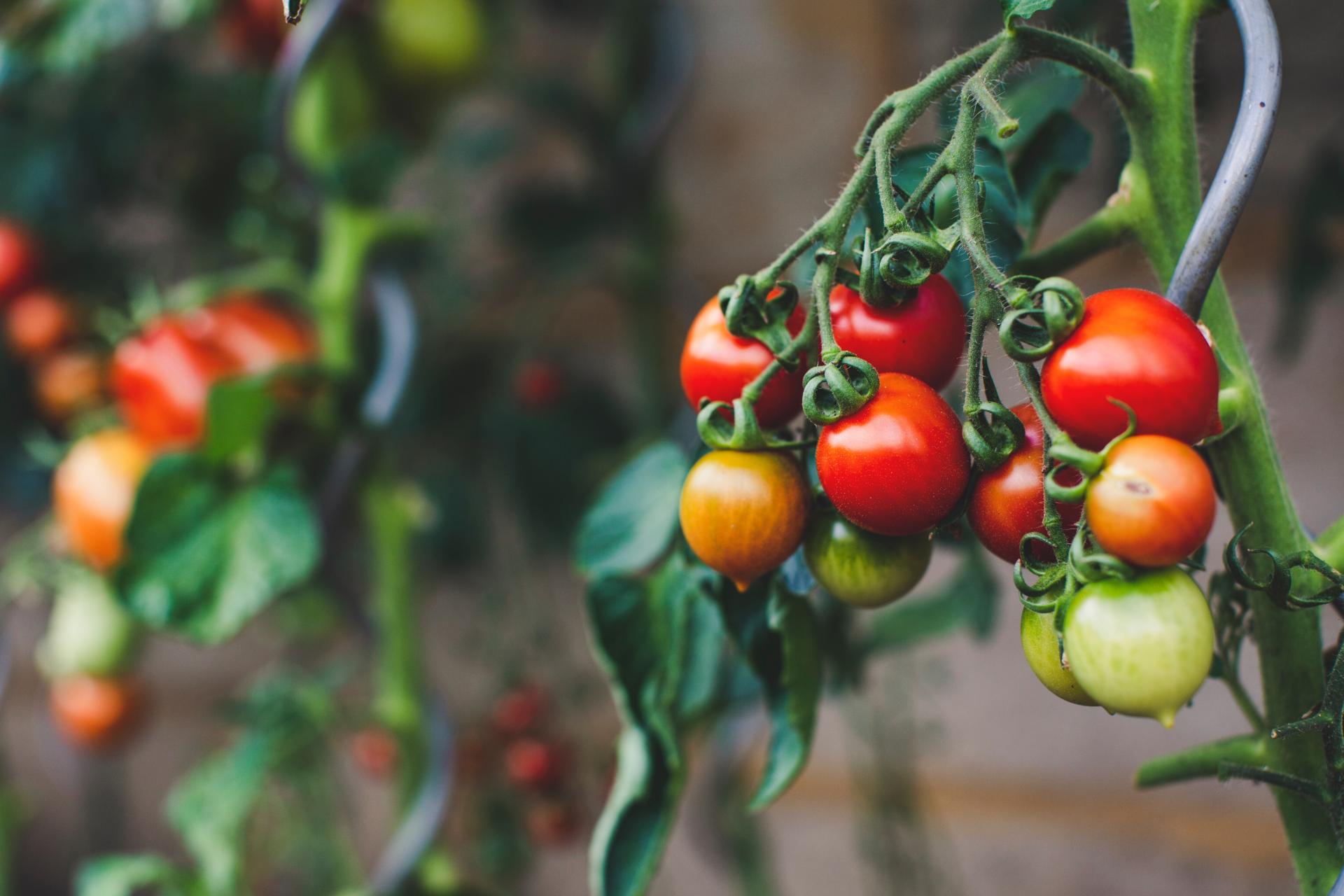You are here
Be a Better Gardener: Climate-Resilient Vegetables
Be a Better Gardener: Climate-Resilient Vegetables
by Thomas Christopher
Last summer was exceptionally hot and desperately dry in my area of western Massachusetts. Streams dried up as neighbors’ wells failed, and I struggled to keep my vegetable garden alive without draining all the water from mine. The spring of 2023 was also unusually warm and dry here – although what qualifies as unusual is increasingly difficult to say.
Worrying that I might be facing another difficult summer and that, with the ongoing warming of our climate in the Northeast, a combination of heat and drought might become the rule, I contacted Jon Traunfeld, Program Director at the University of Maryland’s Home & Garden Information Center. In 2022, Jon wrote an informative and provocative series of posts for a University of Maryland blog, “Maryland Grows.” Jon, who earned a Master's Degree in Agricultural Extension Education from the University of Tennessee, has been active in helping home gardeners make their plots more resilient to climate change.
What Jon recommended to me was far more innovative than just applying more irrigation. He suggested that I explore vegetable cultivars that are more tolerant of heat. Most tomatoes, for example, a vegetable garden stand-by, typically stop bearing fruit when daytime temperatures rise above 85° F and nighttime temperatures over 70°F for sustained periods of time. Jon and his Extension colleagues have tested a number of tomatoes that continue to bear fruit even during hot spells, such as ‘Heatmaster’ and ‘Forida91’. He also had suggestions for a variety of heat-tolerant lettuces such as ‘Merlot’ and ‘Cherokee’ that are slower bolting. Jon also noted that many seed companies are now offering selections of heat-tolerant vegetable cultivars, and suggested I consult those.
Diversifying where I grow vegetables was another response Jon suggested I try. A plot that receives full sun throughout the day has long been the standard choice for vegetable gardeners. Jon said that a location that enjoys some shade in the afternoon (typically the hottest part of the day) can be more successful during the summer heat. Leafy greens, which are typically more shade tolerant, respond especially well to this treatment. Planting lettuces on the north side of a house was an experiment that worked well for Jon during the fierce summer of 2022.
A more fundamental change that Jon recommended was updating the types of crops I grow. He’s found that callaloo (Amaranthus viridis), a green popular with Caribbean gardeners, and Chinese spinach (Amaranthus tricolor), a favorite of tropical Asia, both provide more heat-tolerant alternatives to our traditional garden spinach (Spinacia oleracea). Or we can look closer to home at traditional favorites of the southern United States such as collards (Brassica oleracea). The Heirloom Collards Project (https://heirloomcollards.org/), a fellowship of gardeners, chefs, farmers, and artists, has assembled a large and diverse collection of collard varieties that Jon recommended I explore. Jon also recommended I try growing sweet potatoes, another southern crop that is succeeding in northern gardens as our growing seasons lengthen and warm.
According to Jon, improving the soil is another key to making your vegetable garden more climate resilient. Boosting the organic content of your soil with liberal doses of compost is fundamental to this. The organic matter glues soil particles together into stable aggregates that resist the erosion caused by the record rainstorms we are experiencing and keeps the soil porous, allowing it to absorb rainfall more readily. Compost also acts like a sponge to absorb and retain moisture in the soil. Another good practice is planting fast-growing cover crops such as buckwheat to keep the soil covered in between vegetable crops and nitrogen-fixing cover crops such as hairy vetch which may be sown into vacated beds in the fall. Cover crops not only prevent erosion but also add organic matter to the soil and reduce weed invasion. Tucking plants in with organic mulches such as straw can reduce a garden’s need for irrigation by half, and as they decompose also enrich the soil with organic matter.
The implicit message in Jon Trauinfeld’s blog posts is that change is coming, and that while gardens need to adapt, so do gardeners. Personally, I’m looking forward to the new flavors this will bring to my table. The adoption of new crops and exposure to other gardening traditions can even help to bring our diverse communities closer.
To read Jon Traunfeld’s blog posts, log onto “Maryland Grows” at https://marylandgrows.umd.edu/. To listen to the rest of my conversation with Jon Traunfeld, log onto the Berkshire Botanical Garden’s “Growing Greener” podcast at https://www.berkshirebotanical.org/.
Be-a-Better-Gardener is a community service of Berkshire Botanical Garden, located in Stockbridge, Mass. Its mission, to provide knowledge of gardening and the environment through a diverse range of classes and programs, informs and inspires thousands of students and visitors each year. Thomas Christopher is a volunteer at Berkshire Botanical Garden and is the author or co-author of more than a dozen books, including Nature into Art and The Gardens of Wave Hill (Timber Press, 2019). He is the 2021 Garden Club of America's National Medalist for Literature, a distinction reserved to recognize those who have left a profound and lasting impact on issues that are most important to the GCA. Christopher’s companion broadcast to this column, Growing Greener, streams on WESUFM.org, Pacifica Radio and NPR and is available at berkshirebotanical.org/growinggreener.
Help Our Garden Grow!
Your donation helps us to educate and inspire visitors of all ages on the art and science of gardening and the preservation of our environment.
All Donations are 100 percent tax deductible.


